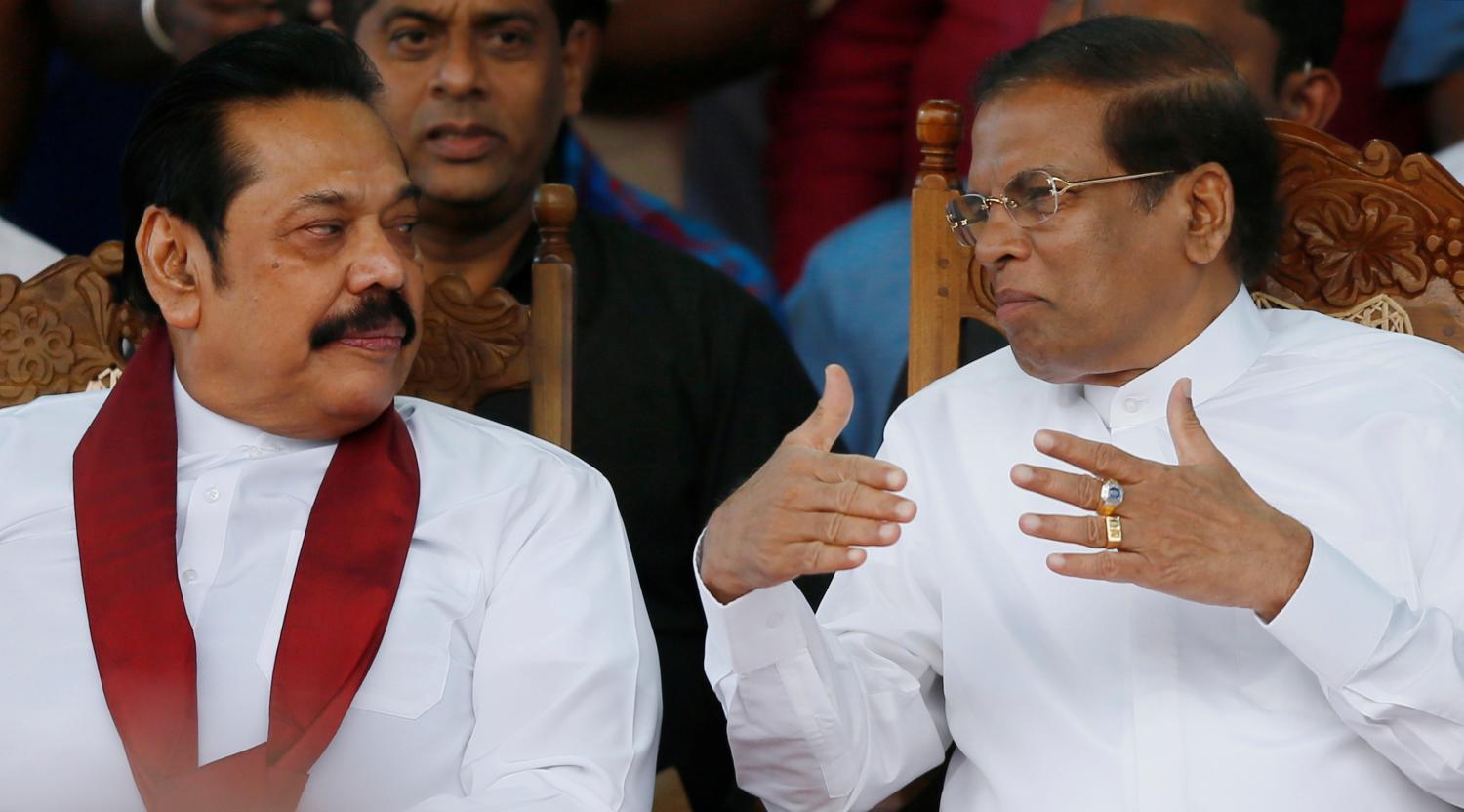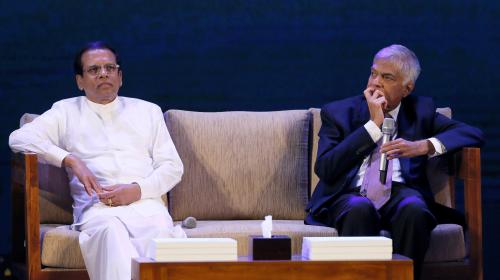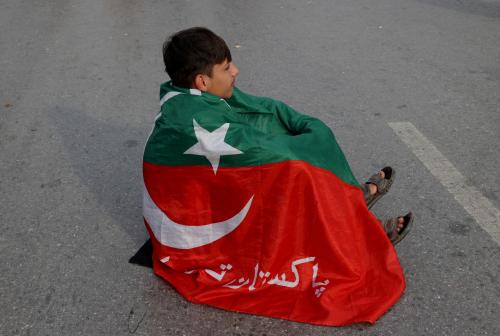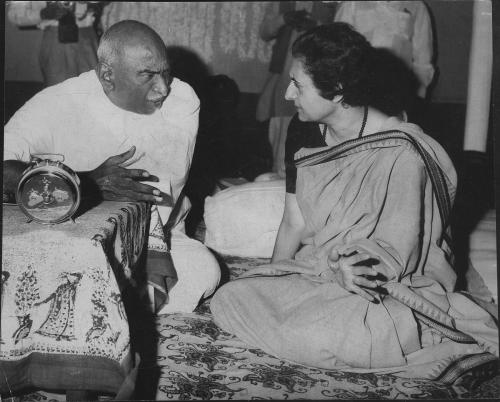Executive summary
In what was seen as a political earthquake at the time, Mahinda Rajapaksa, president of Sri Lanka since 2005, unexpectedly lost his bid for a third term to Maithripala Sirisena in January 2015 elections. Sirisena and a supportive parliamentary majority (elected later in 2015) adopted an ambitious agenda to reverse the nearly autocratic powers Rajapaksa had amassed and to address the aftermath of Sri Lanka’s 25-year civil war, including the question of accountability over alleged atrocities and war crimes committed by the Rajapaksa government in the May 2009 decisive defeat of the Tamil Tiger insurgents.
Despite some early reforms and symbolic steps, this progressive agenda became increasingly stalled, as relations between Sirisena and Prime Minister Ranil Wickremesinghe soured. In October 2018, Sirisena, in what has been described as a “constitutional coup,” tried to swap out Wickremesinghe with Rajapaksa, the man he defeated, and to dissolve the parliament for its refusal to endorse Rajapaksa. With his moves declared unconstitutional by judges vetted in one of his earlier reform initiatives, Sirisena backed down, although leaving the coalition that elected him in 2015 in tatters.
Constitutionally, Sri Lankan presidential elections must be held by the end of 2019, with parliamentary elections to follow in 2020. The absence, so far, of any declared candidates seems to fuel rather than limit the speculation. Despite his 2015 and 2018 defeats, Rajapaksa appears to be on the threshold of a comeback. Now precluded from presidential elections by constitutional term limits adopted after Sirisena’s victory, Rajapaksa can create a presidential front runner merely by lending the support of his enviable popular base of Sinhala voters who credit him with ending the civil war, and with it, the Tamil Tiger threat. Rajapaksa’s options include anointing his brother Gotabhaya, minister of defense during the final, bloody stages of the civil war, as presidential candidate, or aspiring himself to become prime minister as head of a parliamentary majority. Political and civil society activists horrified by the prospects of Gotabhaya Rajapaksa in the presidency consider how to rally sufficient support behind Wickremesinghe or other candidates to defeat the Rajapaksa machine. They muse about adopting a constitutional amendment to abolish the executive presidency, an idea that seems fanciful in Sri Lanka’s paralyzed political environment.
The outcome of the 2019 presidential and 2020 parliamentary elections will determine whether Sri Lanka renews its forward progress on the post-civil war homework of reconciliation and accountability, whether the country moves backward toward the autocratic and exclusionary policies of the previous Rajapaksa administration, or whether its institutions remains paralyzed. The results matter not only in terms of Sri Lanka’s long-term stability, especially the relations between the Sinhala majority and the country’ minorities, but also regarding Sri Lanka’s geostrategic position. Annoyed by human rights criticisms over his administration’s handling of the war, Rajapaksa steered Sri Lanka politically and financially toward China, incurring tremendous debt to Beijing in the process. Sirisena, by contrast, has tried to steer a course more open to India and the West and to address concerns by the United States and others on human rights and other issues. Given increasing concern in Washington over the rise of China, the elections in Sri Lanka matter to U.S interests.





